DIY Tips: How to Install Pipe Insulation

By insulating your plumbing pipes properly, you can gain some advantages in addition to the advantages of preventing the pipes from getting frozen so as to avoid the pipes from bursting and causing extensive (and expensive) damage. Pipe insulation not only helps the homeowner to save money on electricity bills but also makes daily life much easier.
Pipe Wrap Insulation
The traditional pipe wrap insulation is a well-known way to shield pipes. This kind of insulation is possible to be found in many different materials, including common fibreglass and plastic, fibreglass reinforced with aluminium foil, natural cotton with an aluminium coating, and rubber pipe insulation tape. There are others in common, but these are the most commonly used materials in hardware stores.
Tubular Sleeve Insulation
Consider tubular sleeve if you have more pipes that need to be wrapped since pipe wrap insulation only works for insulating small lengths of pipe.
Mostly tubular sleeves are ready in 6-foot tubes, hence you can quickly cover much ground. You can use foam or rubber insulation for the tubular sleeves and are normally ready in a self-sealing option.
It is easy to instal pipe insulation for water pipes. The sides of the tubular sleeves are possible to be opened and join them together using duck tape after they are on the pipe.
You can buy self-sealing sleeves to make it easier and faster. It's not that difficult to cut the pipes to the right length for each pipe. The corners need be cut so that they fit tightly, with miter angles and then glued using duct tape for extra protection. You can also use duct tape regularly at the seams if the self-adhesive is unwrapped.
Managing asbestos
Up until now, some old houses have asbestos. As if disturbed and their fine fibres floated in the air, isolating the asbestos-loaded pipe could pose a serious health risk. According to Dan O'Brian, the technical expert at SuppyHouse.com it is not easy to detect asbestos insulation. He added that the insulation of the asbestos pipes has a noticeable corrugated appearance and if you have a suspicion that there is asbestos in your pipes or elsewhere in your house, you should consult an asbestos professional removalist.
The Materials:
· Insulating material
· utility knife
· Duck tape
· tape measure
· mask, safety goggles, gloves
· mild cleanser
· rag
The water pipe insulation improves the efficiency and performance of your piping systems and saves a lot of money for your heating costs. The insulation of the pipes is particularly important for areas where there is the possibility of freezing and overflowing pipelines, and also the fact that the repair bills will be expensive if this happens.
Sources:
https://www.doityourself.com/stry/diy-water-pipe-insulation
https://www.energy.gov/energysaver/services/do-it-yourself-energy-savings-projects/savings-project-insulate-hot-water-pipes
https://www.thespruce.com/water-pipe-insulation-2718695
Step 1: Begin with cleaning and measuring the pipes
Begin the work by cleaning the debris and dust from the pipes. Use a measuring tape and commence at the water heater, note the length of all water pipes. Keep in mind that you should also take the pipes completely in the corners, take this into account when measuring.
Step 2: Select the insulation material
There are various types of pipe insulation. Choose the type that suits you best. Foams, foils and fibreglass are all popular insulation materials, and pipe sleeves are very popular and easy to install.
Step 3: Cut and secure the insulation
Cut the insulation to the desired lengths using your previous measurements. Fix it every 30 cm with tape or clips in the pipes, being careful not to cut the insulation material. When you employ tubular insulation, glue the sleeves together where the ends meet if you use more than one to wrap longer pipes.
Step 4: Take a precaution
After your pipes are all insulated, there is still an extra precaution that you need to do to make sure it is safer. Use duct tape to seal all the cuts. If you use more than one pipe, seal all seams in between the sleeves. Take an extra precaution on the corners to make sure the joints are safe. Don’t forget to follow the instruction in the manual that came with the insulation.
Enjoyed the project?
Suggested materials:
- Insulating material (Amazon)
- Utility knife (Amazon)
- Duck tape (Amazon)
- Tape measure (Amazon)
- Gloves, mask (Amazon)
- Rag (Amazon)
- Cleanser (Amazon)



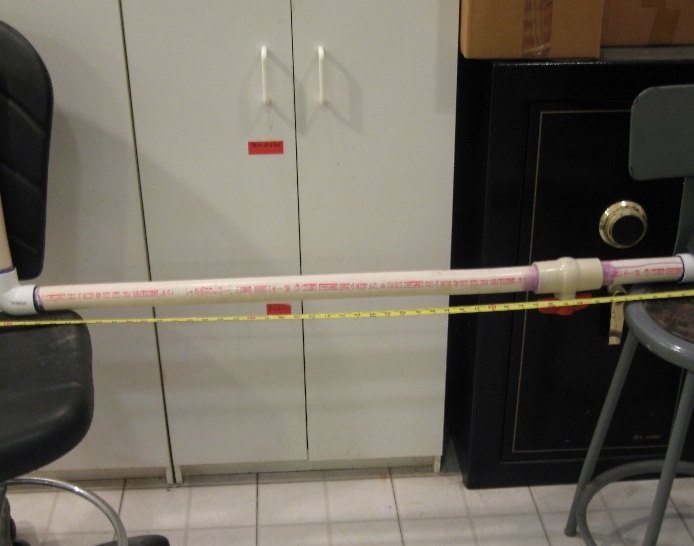




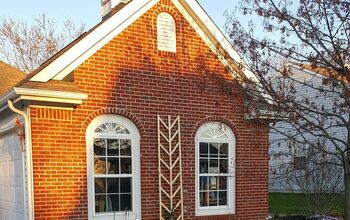
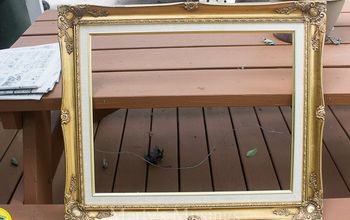












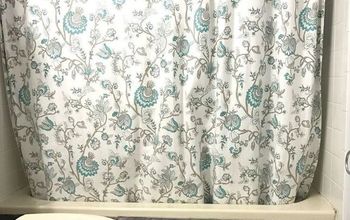
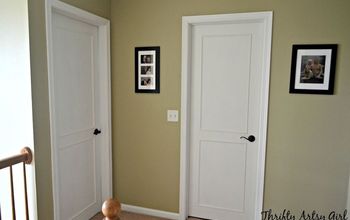





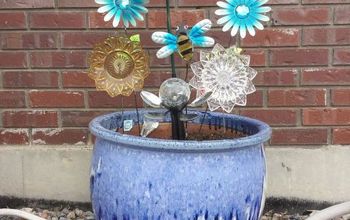

Frequently asked questions
Have a question about this project?